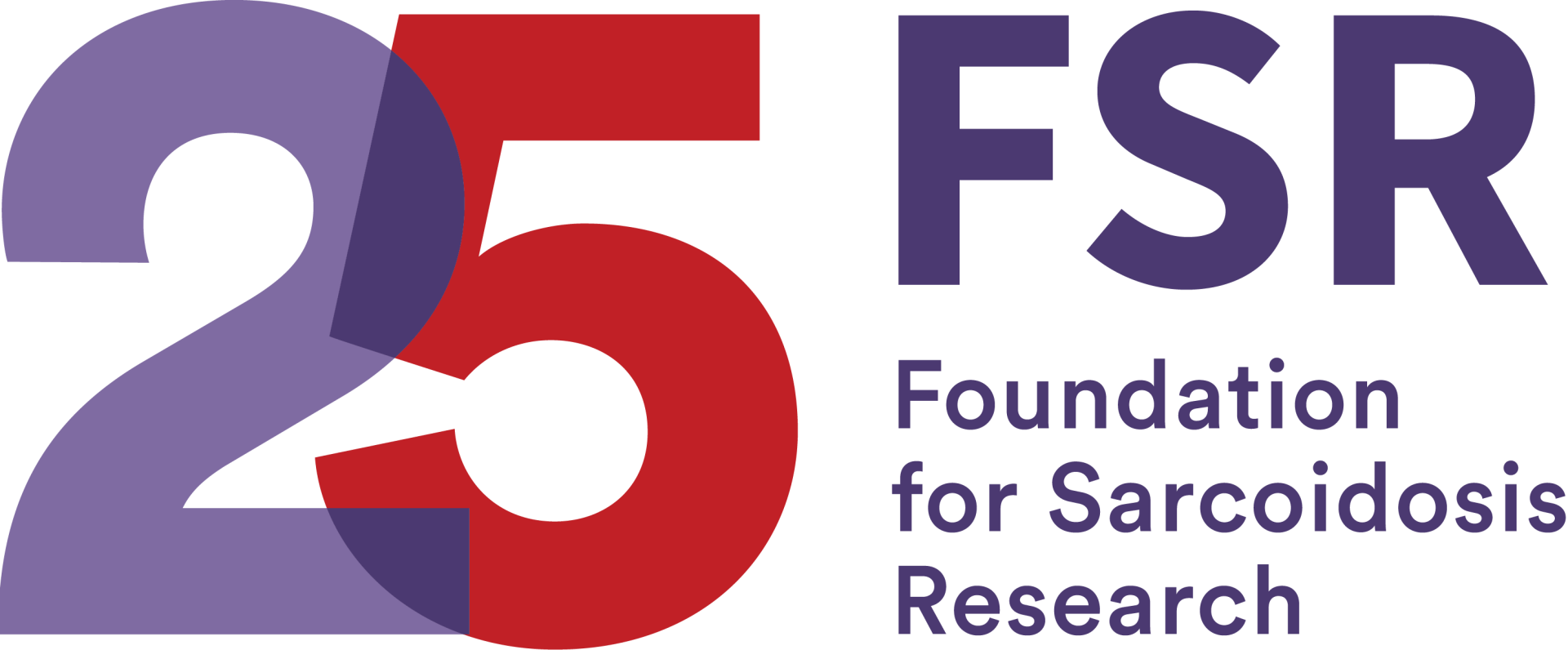Sarcoidosis (pronounced SAR-COY-DOE-SIS) is an inflammatory disease characterized by the formation of granulomas—tiny clumps of inflammatory cells—in one or more organs of the body. When the immune system goes into overdrive and too many of these clumps form, they can interfere with an organ’s structure and function. When left unchecked, chronic inflammation can lead to fibrosis, which is the permanent scarring of organ tissue. This disorder affects the lungs in approximately 90% of cases, but it can affect almost any organ in the body. Despite increasing advances in research, sarcoidosis remains difficult to diagnose with limited treatment options and no known cure.
Disease presentation and severity varies widely among patients. In some cases, the disease goes away on its own. In others, the disease may not progress clinically but individuals will still suffer from some symptoms that challenge their quality of life. The rest of patients—up to a third of people diagnosed with the disease—will require long-term treatment. Sarcoidosis is considered chronic in people whose disease remains active for more than 2-5 years; in this population sarcoidosis can be debilitating and life-threatening.
It’s estimated that the prevalence of sarcoidosis in the US ranges between 150,000 and 200,000 (Baughman, RP et al), with an estimated 1.2 million individuals with sarcoidosis worldwide (Denning, DW et al.).
Advanced Sarcoidosis
Patients suffering from advanced sarcoidosis include those with chronic disease (active disease for more than 2-5 years) who:
- Have worsening disease symptoms despite treatment (usually more than 10 mg corticosteroids and other therapeutic options).
- Still required treatment in the past year whether they experienced symptoms or not.
Approximately 5-10% of all patients diagnosed will suffer from advanced sarcoidosis. While several treatments have been proposed for these individuals, including recommendations based on the involved organs, the evidence available to guide doctors in their treatment decisions are limited. As a result, physicians try to balance the need for various therapies at varying doses with side effects and danger of disease progression. Beyond symptoms directly related to inflammation, advanced patients also often contend with fatigue, pain, cognitive failure, small fiber neuropathy, exercise limitation, depression and other comorbidities (e.g. diabetes, high blood pressure, etc.) which often result as side effects from current commonly used treatments.
This specific disease population highlights the one of the greatest needs in sarcoidosis research; more studies aimed at defining effective treatment strategies for patients with progressive disease and/or those with extrapulmonary involvement.
Learn more about the symptoms.
Our Commitment
The Foundation for Sarcoidosis Research (FSR) is dedicated to revolutionizing the way this disease is treated, improving the quality of life for patients, and to finding a cure for this disease. Since its establishment in 2000, FSR has fostered over $5 million in sarcoidosis-specific research and provided resources to tens of thousands of patients worldwide. With strategic funding, efforts to engage patients in research, and by promoting collaboration among researchers worldwide, we are expanding the understanding of sarcoidosis every day.
Sources:
